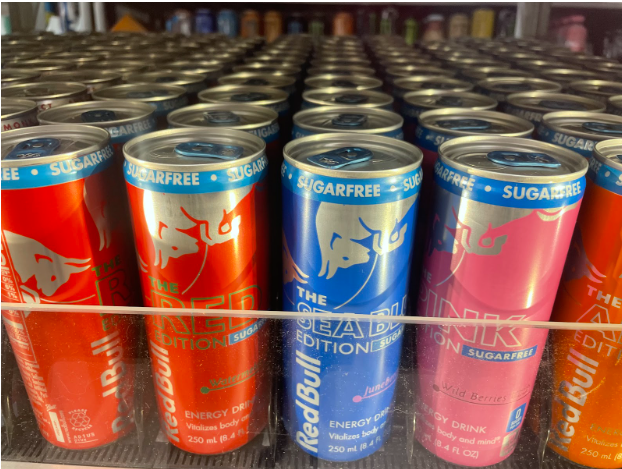Shakespeare once wrote, “To be or not to be, that is the question.”
When speaking of the matter of musical genres, some are indeed “to be” while others are well… “not to be.” The classic genre deemed “metal” is indeed a rare breed of music that has survived several decades.
“Metal” is classified as a sub-genre of Rock and Roll that spawned during the late 1960’s. Defined by loud, distorted guitars, pounding drum and bass, large audiences and raw emotion, metal is a genre destined “to be.”
Since the inception of Rock and Roll into mainstream society, numerous sub-genres of rock have been birthed, including hard rock, metal, thrash, death metal and black metal. As society evolves, so does the expansion and creation of metal. Perhaps the shortest period in which a sub-genre emerged was during the 1990’s, when a genre deemed “grunge” was born.
Though similar to metal, grunge was just a fad led by the angst-ridden teens of the Seattle area, who provided metal with what can only be described as “the awkward teenage phase.” Throughout the abbreviated life of grunge, the genre was modified numerous times as if the drug-induced, anti-political, societal rejects could not make up their minds.
To me, perhaps the greatest ideal in grunge was a concept of popularity, which most of the leaders in the “grunge movement” opposed. Ironically, by the mid-90’s it became the most popular genre on the market with the commercial success of bands such as Nirvana and Soundgarden. Followers began to leave the grunge scene in pursuit of less commercial musical interests—leaving the grunge rebellion in shambles. On the other hand, the metal genre had risen to its peak of success in the mid-90’s with bands like Metallica and Pantera ruling the radio airwaves and adapting and learning to cope with the so-called “fame.”
“Grunge movement” followers are merely a group of has-been punks who attempted to imitate the punk music of the 60’s and 70’s, which resulted in a major backlash. Bands such as The Smashing Pumpkins and Nirvana prided themselves on the fact that they were insightful individuals who expressed powerful messages through the music they created, and while not to say that this was not true, a majority of the “insightful individuals” were just emotional teenagers. The only “successful” notion to evolve out of grunge was the unfortunate birth of “Emo,” or “Emotional,” music. Emo was created by the same angsty teens who still don’t know how to play their instruments and continue to write sappy love songs or anti-political anthems that we’ve been listening to for 50 some odd years.
Though it has gone through its fair share of discrimination and struggles, the metal genre remains successful today. Though giving birth to grunge, metal has also inspired the modern success of metal-core and heavy metal genres with bands such as Five Finger Death Punch and Lamb of God reaching numbers on the Billboard top songs lists. Metal provides its followers with messages from insightful individuals and not a group of whiny, Emo kids who feel the need for some attention. Metal is built upon those seeking the insight of the earth as well as its corruption and not a kingdom of teenagers tripping on drugs and writing songs about how they still hurt over their first high school break-up. Metal is metal. It is raw. It is brutal. It lives on.
the fact is that grunge was an angst-infested fad led by washed up, self-loathing, has-been punks who could not handle the fame and died out, but metal lives on forever.
So, to be or not to be. Metal was meant to be. Grunge? Not.







